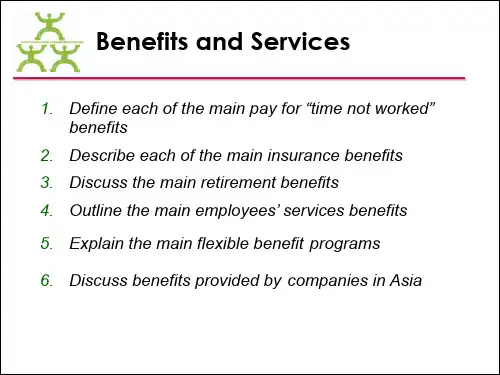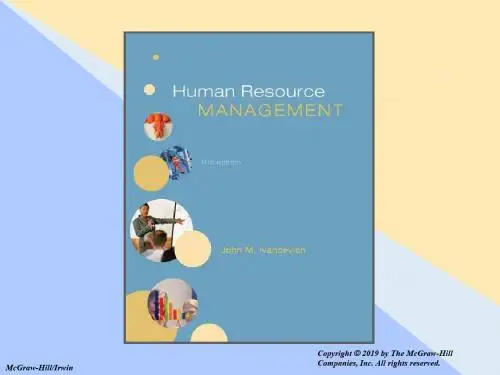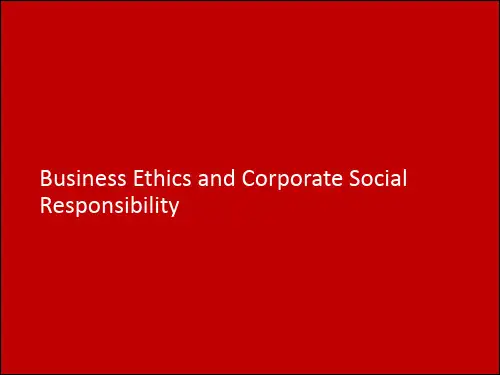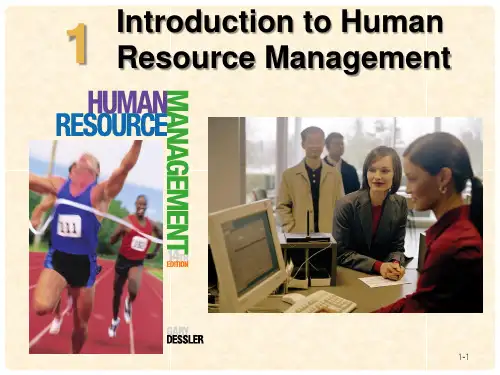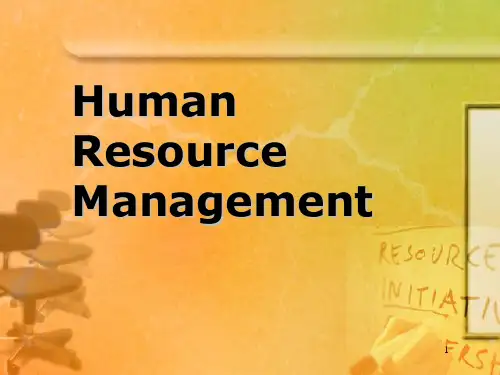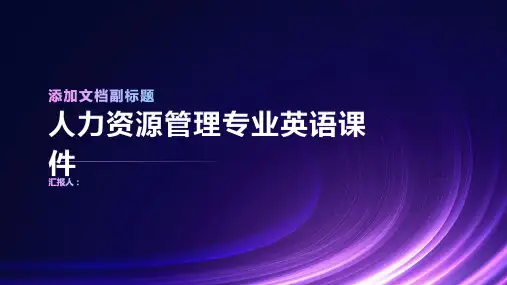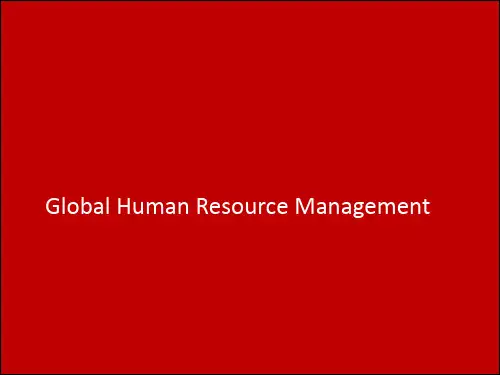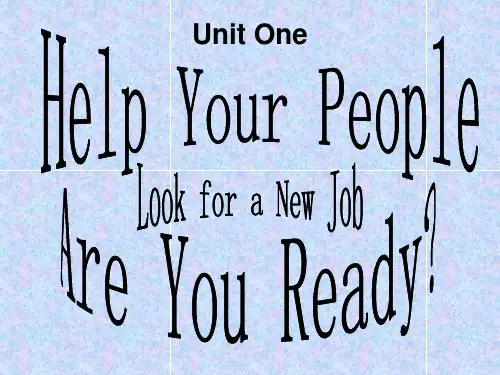- 1、下载文档前请自行甄别文档内容的完整性,平台不提供额外的编辑、内容补充、找答案等附加服务。
- 2、"仅部分预览"的文档,不可在线预览部分如存在完整性等问题,可反馈申请退款(可完整预览的文档不适用该条件!)。
- 3、如文档侵犯您的权益,请联系客服反馈,我们会尽快为您处理(人工客服工作时间:9:00-18:30)。
• (5) Coordinating labor relations. Use various means to coordinate the relationship between the manager and the employees to avoid unnecessary conflicts and disputes. In accordance with the provisions of national laws, to protect the legitimate rights and interests of employees from infringement, to ensure the reasonable implementation of the labor law.
• (3) Career development. Maximize the interests of both enterprises and employees; It is the fundamental guarantee to achieve the enterprise goal. To this end, through the selection, appointment, assessment and reward and punishment of employees, actively assist and guide each employee to develop practical career development plan, and as far as possible to implement, promote the growth of all employees as soon as possible.
1.4 Text-HR Management Activities
The Application of Theory
• According to the requirements of the enterprise's development strategy, the main task of human capital management is to stimulate the enthusiasm and creativity of employees, improve productivity and economic benefits, and promote the development of enterprises by optimizing the allocation of human resources in a planned way. The specific tasks are:
• 2. Quality management of the internal elements of human resources. It mainly refers to the effective management of people's thoughts, psychology and behaviors (including the coordination, control and management of individuals' and groups' thoughts, psychology and behaviors) by adopting modern scientific methods to give full play to people's subjective initiative so as to achieve organizational goals.
Байду номын сангаас
The Main Content
• According to the definition, human capital management can be understood from two aspects:
• 1. Management of the external elements of human resources -- quantity. The quantity management of human resources is to train, organize and coordinate the human resources appropriately according to the human resources and material resources and their changes, so that the two always keep the best proportion and organic combinationt.
• (1) Planning and allocation of human resources. By means of planning, organizing, attracting, recruiting, selecting and allocating, etc., we can ensure sufficient quantity and quality of labor force and professional talents to meet the needs of enterprise development.
• (4) Performance evaluation and incentive. Based on the results of job analysis, clear job descriptions and strict work specifications are formulated as the basis for performance evaluation, and according to the evaluation results, reasonable remuneration, benefits, promotion and other forms of incentive are used to encourage the enthusiasm and creativity of employees. In the era of knowledge economy, the main way to motivate human capital is the realization of the property right of human capita.
1.4 Text-HR Management Challenges
3 levels of challenges for HR managers: ①Environmental challenges include rapid change, rise of the internet, workforce diversity, and globalization, and so on. ②Organizational challenges include competitive position, decentralization, downsizing, and organizational restructuring, and so on. ③Individual challenges include matching people and organization, productivity, empowerment, brain drain, and job insecurity.
• (2) Development of human resources potential. Through education and training and other means, constantly improve the labor skills and professional technical level of employees, increase the accumulation of human capital, improve the economic and social benefits of the enterprise.
STAR
Chapter 1 Introduction to Human Resource Management
1.1 Learning Objectives
After reading this chapter, you should be able to deal more effectively with the following challenges. (1) Name and explain the basic concepts of HR. (2) Identify the major challenges facing HR. (3) Clarify HR best activities. (4) Discuss the need to establish a close partnership between the HR department and managers. (5) Recognize competence and career opportunities in various HR management subfields. (6) Discuss HR management in transition.
1.2 Classical Theory
Human Capital Theory— Schultz & Becker
Put forward in 1960s, its core ideas include: ① human resources are the most important resources of all resources; ② the role of human capital is greater than that of physical capital in the process of economic growth; ③ the core of human capital is to improve the quality of population, and education investment is a major part of human capital investment; ④ investment in education should be based on the relationship between market supply and market demand, and the fluctuation of manpower price as a measure symbol.
